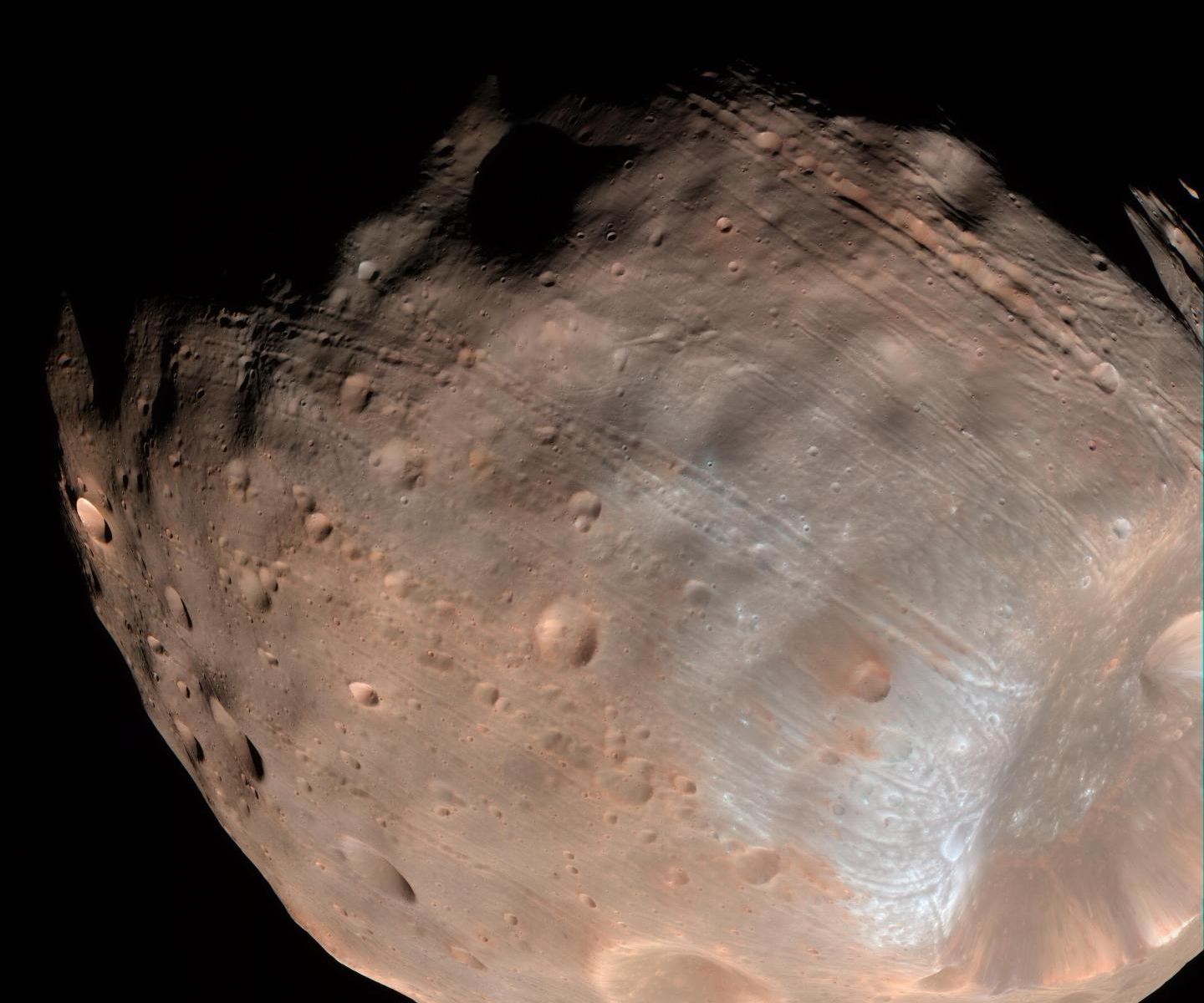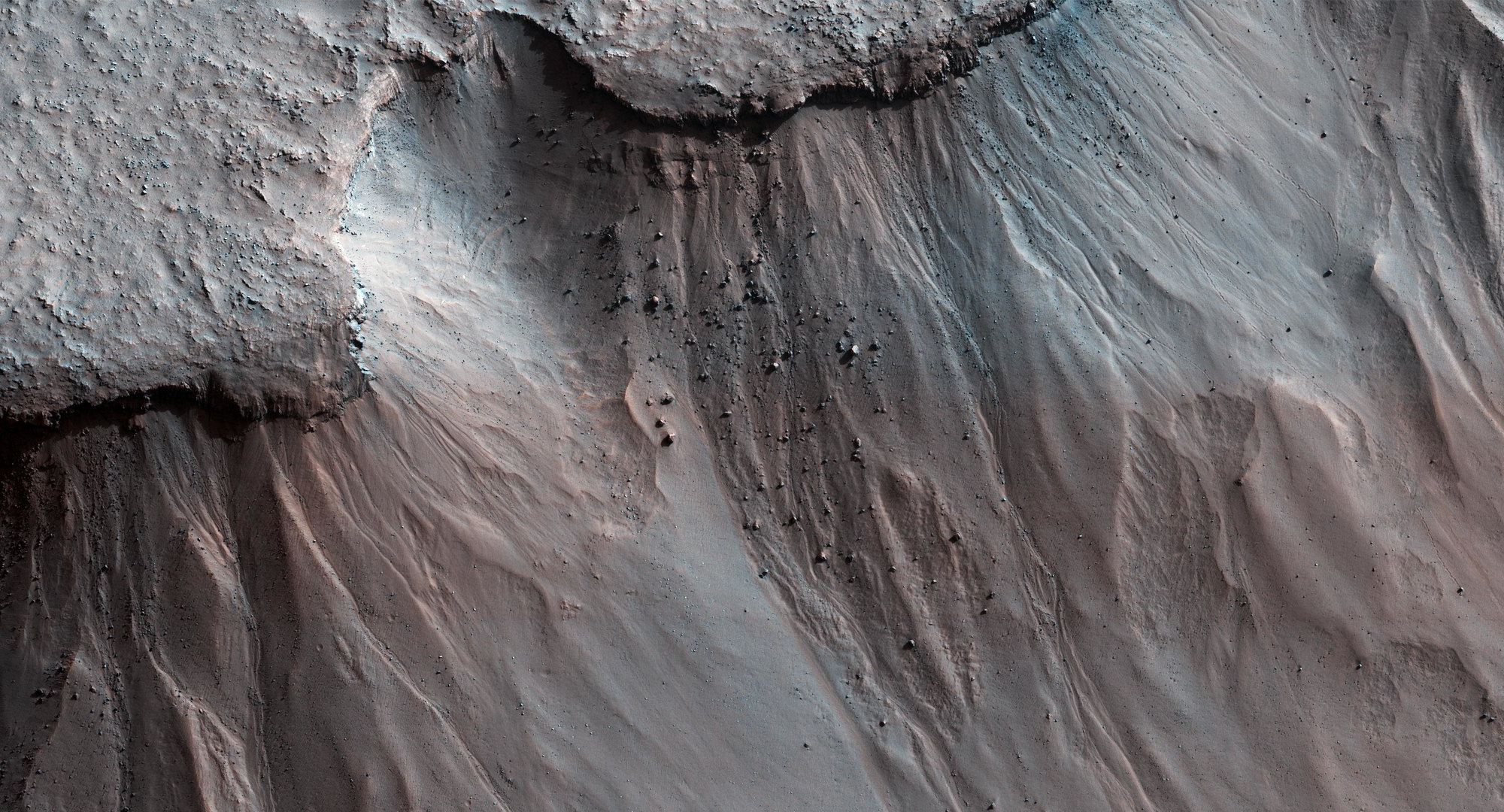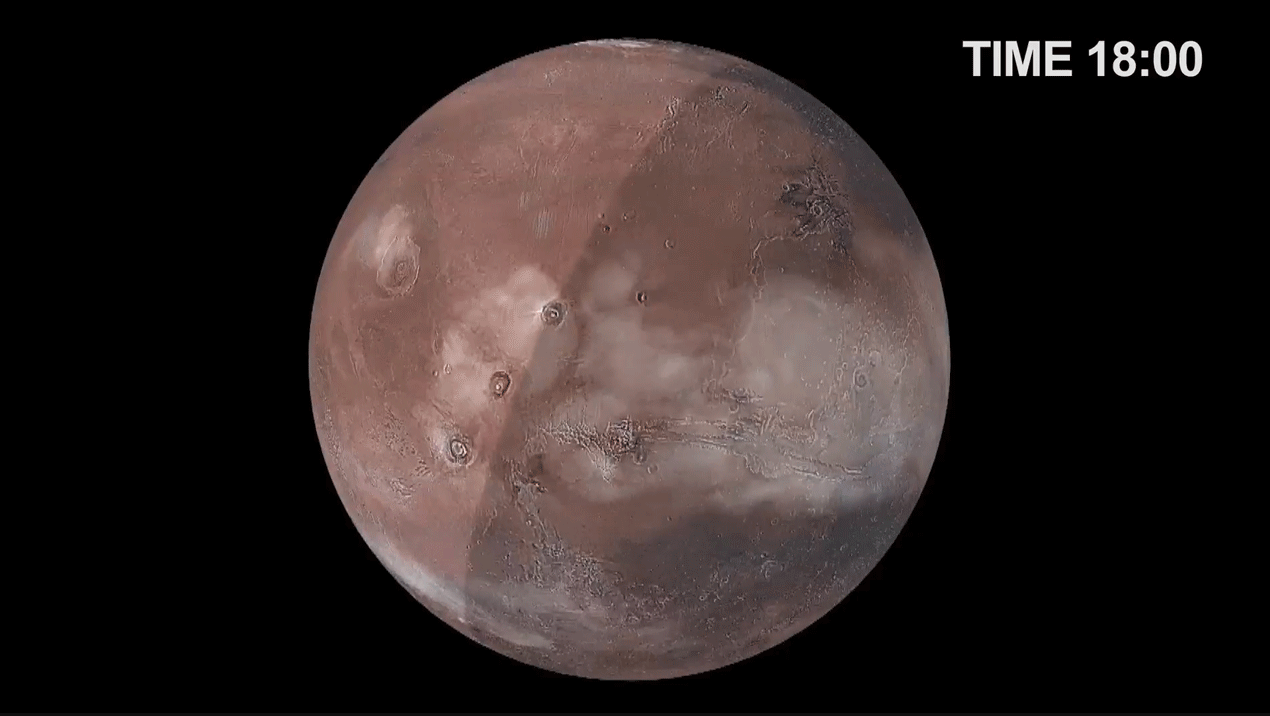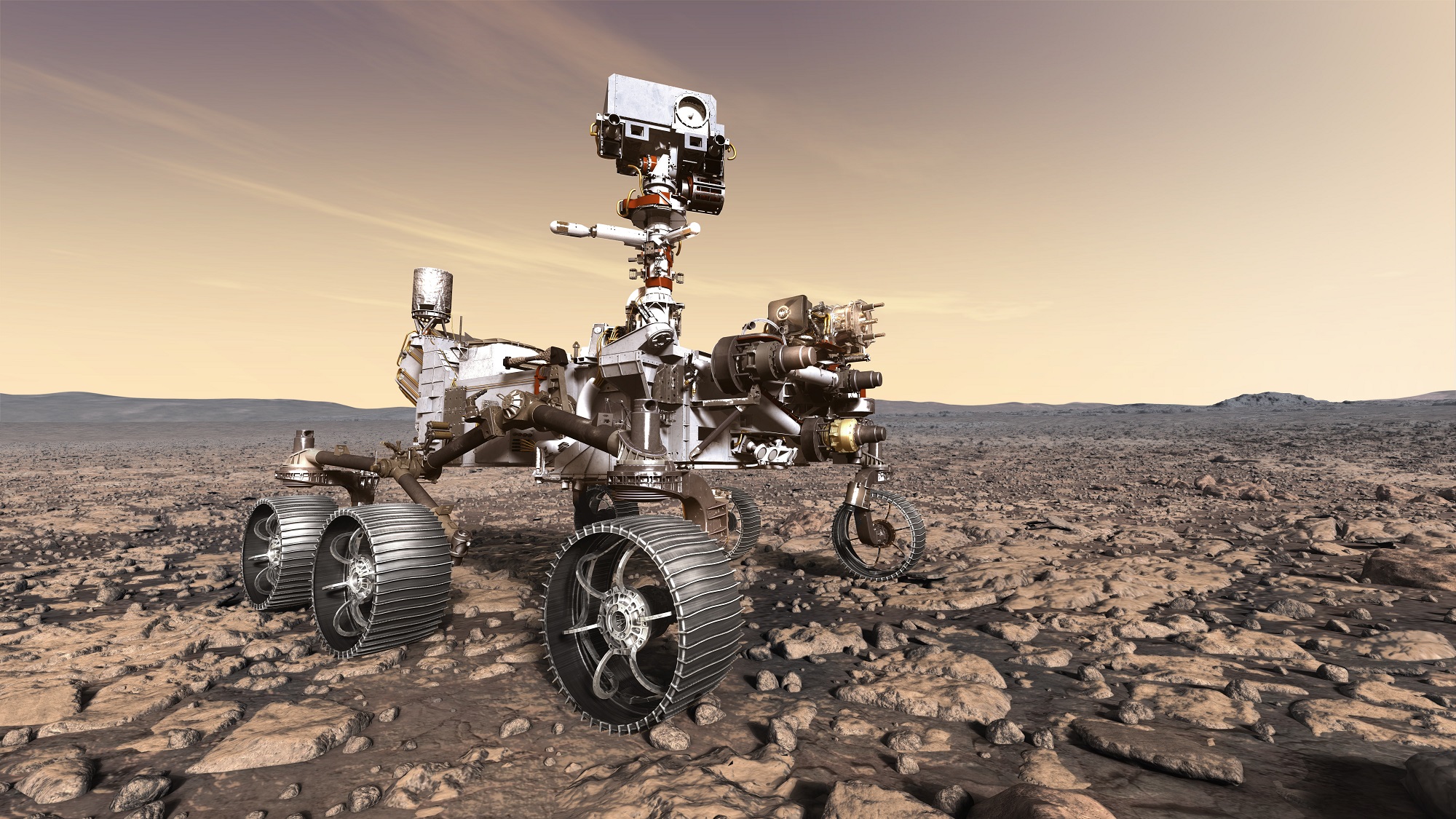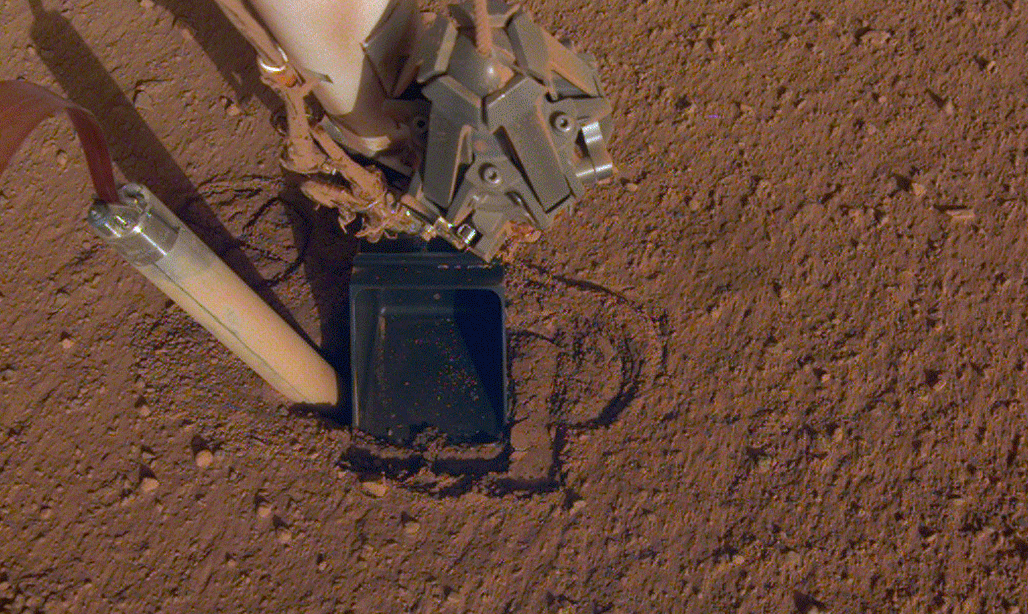The ESA’s Mars Express Orbiter is no stranger to the Martian moon Phobos. The spacecraft was launched in June 2003 and has been in orbit around Mars for 16 years. During its long time at Mars, it’s captured detailed images of Phobos, and helped unlocked some of that Moon’s secrets.
In a new sequence of 41 images captured during a recent fly-by, the Mars Express’ High Resolution Stereo Camera imaged Phobos from different angles, capturing images of the moon’s surface features, including the Stickney crater.
Continue reading “Mars Express Takes Photos of Phobos as it Flies Past”
